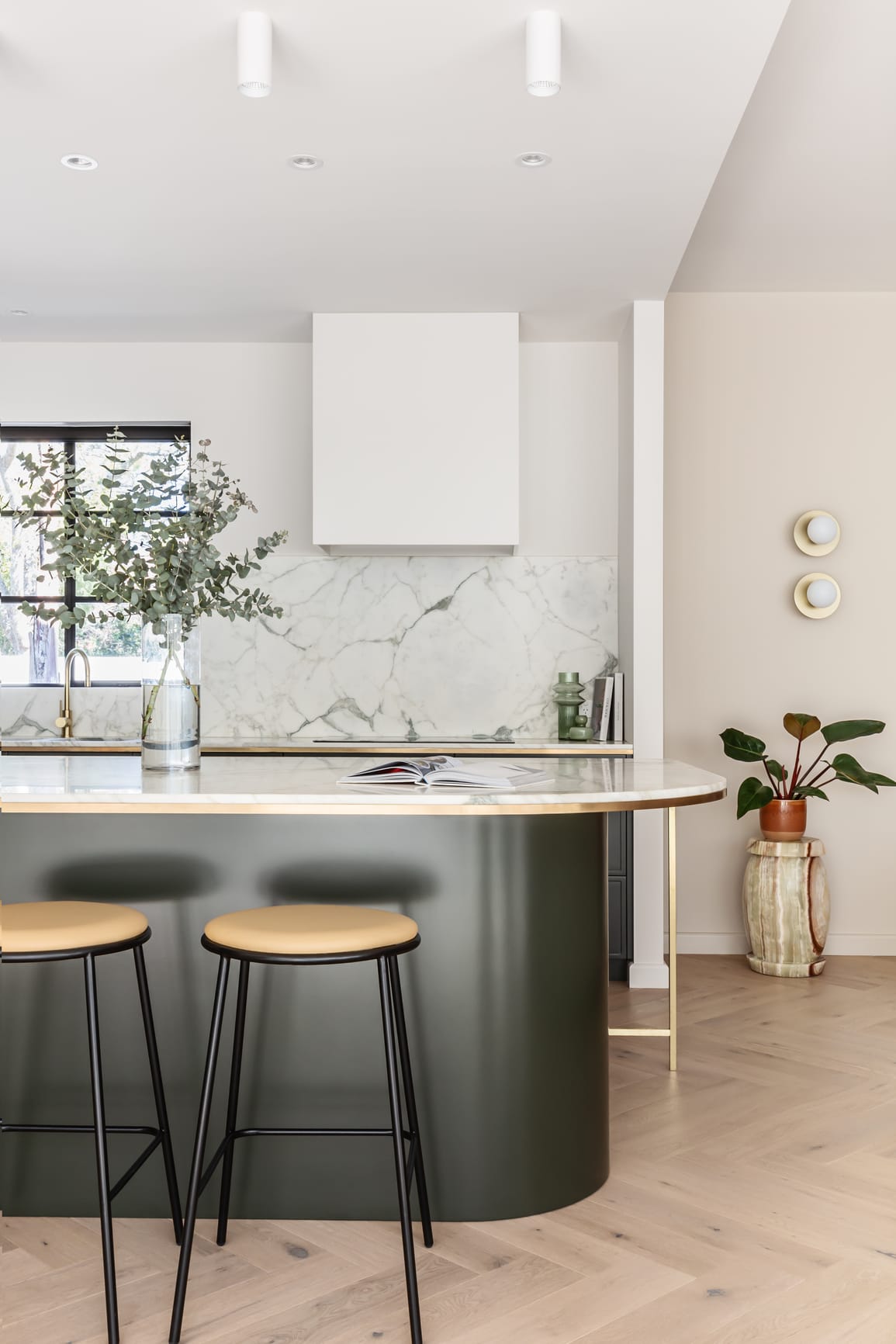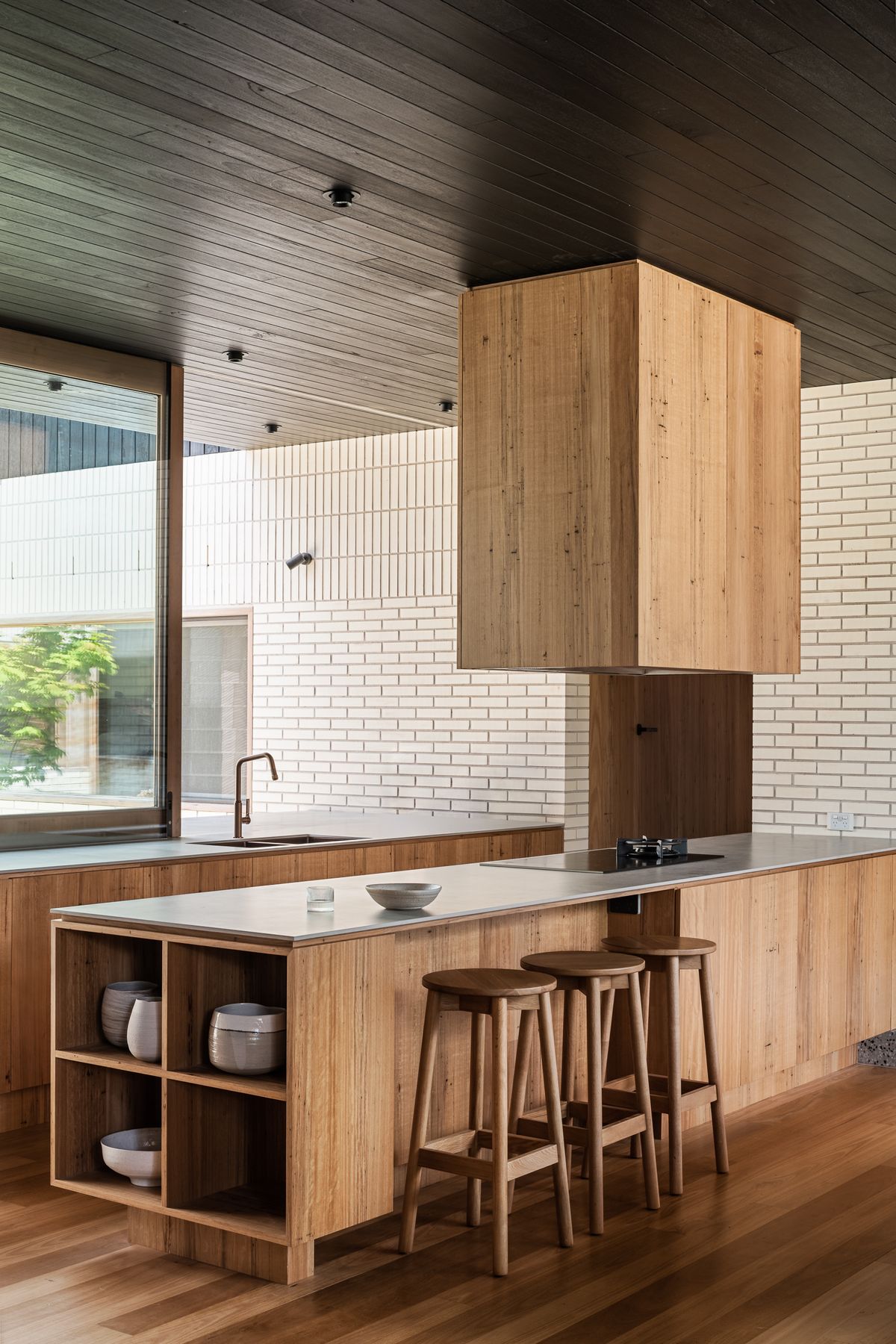Before you start to panic, take a deep breath and release because you’ll be happy to know that you already have a personal brand!
When people hear your name it immediately evokes certain thoughts, feelings, and ideas about who you are, what you do, and what you might be known for.
Friends and family may associate you as the creative sibling, or you might be the caring and thoughtful one that friends can rely on for advice. Either way these associations are powerful.
Having an awareness of these associations when building your personal brand can be really important, because ultimately personal branding is about shaping your image and how you’re perceived as a professional. The last thing you want to be is anything but your authentic self, and personal branding does not mean sacrificing that to portray something you’re not, instead, personal branding helps you to channel and direct it to portray you and your business as you are, what you do, and what you stand for.
This guide will teach you how to consciously create a personal brand that truly reflects you, attracts employers or clients, and grow your career.
What is a personal brand?
Essentially, it's all about what people think of you when they hear your name, see your work, or come across your brand. It's how they'd talk about you to a friend or co-worker, and how it makes them feel.
Ask your peers to describe you and see what they say. They might know you as a computational designer with a weird sense of style, hilariously funny and a fierce advocate for protecting our planet!
This is how people know you. This is your personal brand.
Why you need a personal brand
Personal branding is all about getting the right people to know, recognise, remember, and talk about you in the right way. This is true no matter what you do or who you are.
Personal branding isn’t just one of those buzzwords that people throw around for the sake of it. In fact, it’s the key to building and growing your career; it’s often the difference between being heard and landing the job or fading into the crowd of applicants; it’s one of the best investments you can make in yourself and your journey as a designer.
- Standout more
- Grow your network
- Connect with the right people
- Be known as an expert
- Build trust and relationships

How to create a personal brand
So, now that you can appreciate why building a personal brand is important, let’s talk about how you do that. Building a personal brand is, in essence, pretty straight-forward. All you need to do is follow these four steps:
- Decide what you want to be known for
Brainstorm and clarify:
- Who you are
- What you do
- Who you do it for
- How you do it
- What value you add
- The feeling/s you evoke - Make that clear everywhere
It takes 5–7 impressions for someone to recognise your brand, so you’ve gotta get your brand applied across all of your touchpoints. Apply messaging and visuals that represent your answers from step one on all of your brand touchpoints such as your:
- Website
- Social media profiles
- Email signature
- Printed materials (flyers, business cards, posters, etc)
- Documents (Pricing guides, invoices, proposals, contracts, etc) - Communicate consistently
Being consistent with your branding makes you 3–4 times more likely to experience brand visibility (a.k.a more people will know who you are) and that can result in 33% more income, so it’s actually true when people say that consistency is key. We are a visual discipline and images, drawings, copy, and photography play a hug role in communicating complex narratives and experiences. Therefore, spend time curating and editing your copy and selected projects or consider investing in architectural photography, copy writers and graphic designers to help you. Hiring an expert to help you, also provides a fresh pair of eyes review your collateral to see if you brand is being communicated the way you want it to be.
The 10 key tips of a successful personal brand
Branding may get much more intricate and in-depth than this, encompassing many more characteristics, but for now, as long as you are clear, innovative, and consistent with these ten elements, you will have all of the basics of a great brand.
- Name
- Bio
- Mission
- Vision
- Values
- Story
- Voice
- Colour palette
- Typography
- Brand photography
Now you’re ready to go out there and start building your own. Start small, work on it incrementally when you can, focus on the foundations first, and remember, be yourself!









